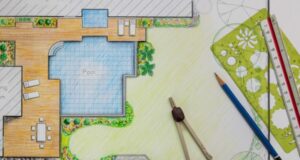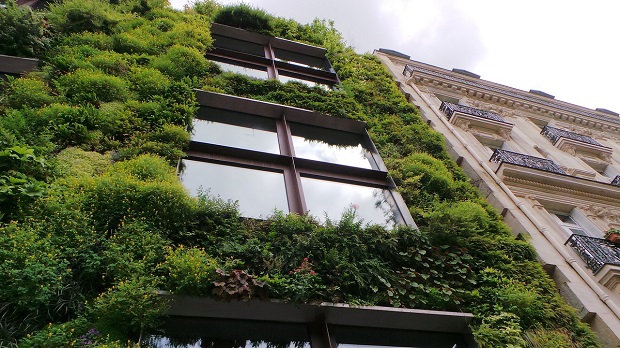
With the 2018 coming to an end, the architecture industry is already thinking about what will come in the new year. The prospect of change is looming, and advancing technologies and materials are set to overhaul the way we design and build.
There are many ways in which the industry might evolve, and some trends that have been slowly developing might finally be on the cusp of going mainstream. Here are some of them:
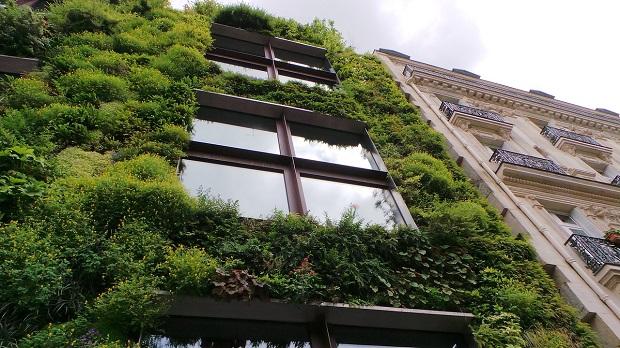
Eco-friendly Architecture
It probably comes as no surprise that there’s an increasing need for eco-friendly structures. Some of the most recent innovations include adding gardens and green rooftops, as well as indoor green parks and green walls to residential and businesses buildings alike. For example, renowned Hong Kong architecture firms are currently in the lead when it comes to taking advantage of the eco-friendly architecture trends in 2019. Eco-friendly materials are not enough anymore; you will be seeing a lot of vertical gardens and green rooftops in 2019 and beyond. Additionally, buildings will grow greener on the inside by incorporating indoor green parks and green walls. Since 2018 has witnessed the use of recyclable materials for construction, 2019 will follow suit. The reuse of recycled materials stands out as an innovative, highly effective, and artistic use of sustainable design and this year, recyclable materials will be used for everything, from furniture to skyscrapers. Most common building materials have recyclable alternatives. Concrete, metals, glass, brick and plastics can all be made using some form of the previously used material, and this process of production lowers energy requirements and emissions by up to ninety percent in most cases.
Open-space designs
While large, open-space design that encourages mingling of cooking, entertaining, and family spaces has dominated residential architecture for the last few decades, the trend is undergoing some changes in both residential and commercial architecture. Architects and designers are becoming increasingly conscious of defining the various segments of these open spaces, both to prevent vast rooms from looking flat and uninspiring and in order to designate different living or working zones. To accomplish this, designers incorporate changing floor levels, shifts in surface colors and textures, islands for kitchen separation, furniture groupings, and lighting to improve the visual organization of space.
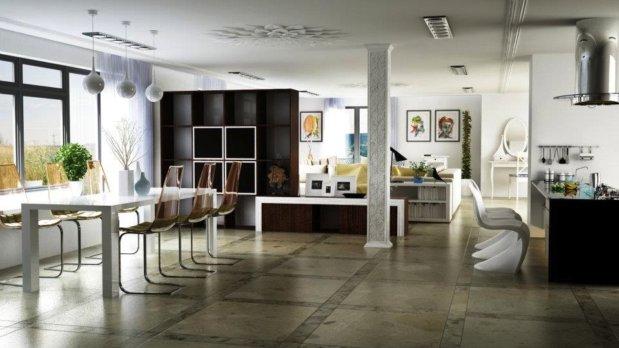
Small designs
Sky-high land prices and the environmental impact of large houses is inspiring a movement towards smaller homes with contemporary, multifunctional and interesting designs. The popularity of tiny houses, micro-apartments, co-housing and multi-generational housing all show the growing interest in this lifestyle. Over the years, talented architects have occasionally challenged themselves by trying to design small but perfectly formed buildings. Today, with reduced budgets, many architects have turned to a more focused way of creating works that may be physically small, but are definitely big when it comes to trendsetting and ideas. Small but perfectly formed architectural designs are becoming a popular architectural challenge.
Solar roof tiles
These ingenious tiles turn sunlight into the energy needed to power a house. Best of all, they come in a lot of different styles to integrate seamlessly with your roof, whether textured to look like asphalt, slate, or be smooth. Solar roof tiles are predicted to be cheaper than the conventional glass solar panels available on the market today. And because they blend into your roof, they’re a lot more attractive. The future is coming – and it’s super exciting!
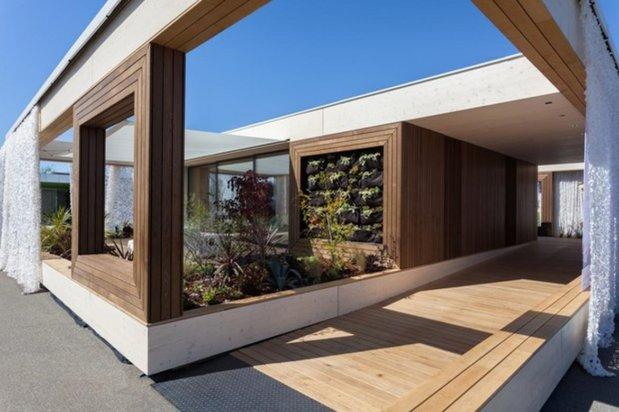
Sustainable Architecture
Considering the impact of human activity on climate change, developments in architecture now seek to address the issue of sustainability. The installation of water-filtration systems in new buildings is now a way for new buildings to alleviate the water crisis. Also, air conditioning, heating, and ventilation systems are now designed to conserve energy and reduce negative effects on the environment. Furthermore, sustainability is also a top concern for home buyers. Consumers know the importance of reducing their carbon footprints, and want to make sustainable choices that fit with their lifestyles. Architects can meet these needs by ensuring the building envelope is well sealed and insulated and by including sustainable options such as solar panels or energy efficient appliances.


